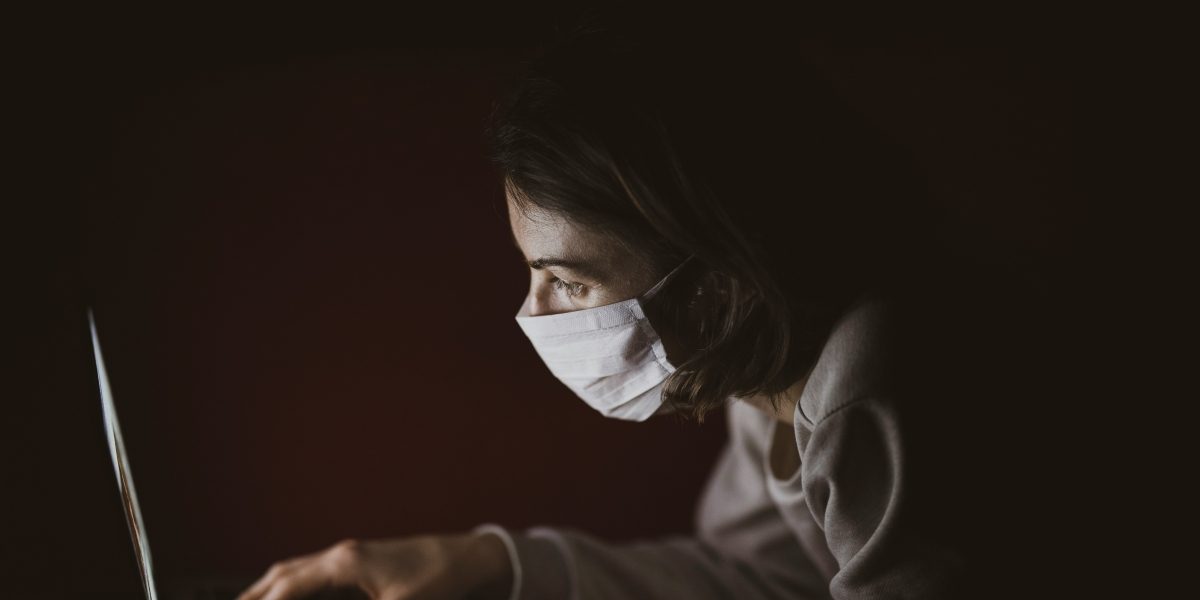As more teens face mental health challenges like anxiety, depression, and mood disorders, families are exploring treatment paths that combine structure with accessibility. For example, teen virtual IOP (intensive outpatient program) provides a balanced approach by delivering therapeutic support through online sessions, allowing adolescents to stay connected to their daily lives while receiving consistent mental health care. This kind of format has become increasingly relevant for teens who need more than traditional therapy but don’t require inpatient care.
By blending individual therapy, group sessions, and family involvement, virtual IOPs give teens a structured space to manage symptoms and learn lifelong coping strategies. With the flexibility of attending sessions from home, teens are more likely to stay engaged and make progress without facing disruptions to school or family commitments.
Key Takeaways
Virtual IOPs for teens provide structured mental health support through secure online platforms.
Programs focus on therapy, skill-building, and family communication.
Teens benefit from maintaining routines while actively working on emotional wellness.
How Virtual IOPs Fit into Teen Mental Health Treatment
Virtual intensive outpatient programs bridge the gap between outpatient therapy and residential treatment, making them a strong fit for many teens. They are especially helpful for adolescents experiencing moderate to severe symptoms of anxiety, depression, or emotional dysregulation who still function in daily life but need regular clinical guidance.
A Flexible Structure Without Removing Teens from Home
One of the most important benefits of virtual IOPs is the ability to participate in therapy without leaving home. This is especially valuable for teens who struggle with change, social anxiety, or school-related stress. Sessions are conducted at set times throughout the week, often including individual therapy, group discussion, and skills-based work like mindfulness or cognitive-behavioral techniques.
Maintaining a connection to home and school while receiving care helps teens apply therapeutic tools in real time. They can practice communication skills with family members, manage social stressors, and reflect on their emotional responses while staying grounded in familiar surroundings.
Building Consistency to Support Mental Health Goals
For teens managing mental health conditions, consistency is key. Virtual IOPs provide a reliable framework with scheduled sessions multiple days a week, ensuring that teens are not left to navigate emotional challenges alone. With guidance from licensed professionals, adolescents work on treatment goals over time, tracking progress and adjusting strategies as needed.
This consistent contact also helps reduce relapse risk or regression, especially during high-stress periods like transitions back to school or changes in family dynamics. Programs may include regular assessments to evaluate how teens are responding and make real-time adjustments to the care plan.
Fostering a Sense of Connection in a Digital Setting
Despite being virtual, many IOPs successfully create a sense of peer support and accountability. Group therapy sessions connect teens with others experiencing similar challenges, helping reduce feelings of isolation that often accompany anxiety or depression. Being part of a guided, judgment-free space fosters emotional expression and builds social confidence.
Teens also benefit from practicing vulnerability and active listening, skills that are essential for healthy communication. Over time, these connections help adolescents feel seen and understood, which can be a major turning point in mental health recovery.
What to Look for When Choosing a Teen Virtual IOP
Selecting the right virtual IOP requires more than just checking schedules and pricing. Families should evaluate the program’s therapeutic methods, the credentials of its clinicians, and the level of personalization it provides. A well-rounded IOP will combine evidence-based treatment with flexibility and strong communication.
Evidence-Based Approaches and Qualified Staff
The foundation of any effective teen virtual IOP lies in its clinical approach. Look for programs that use proven treatment models such as dialectical behavior therapy (DBT), cognitive behavioral therapy (CBT), or trauma-informed care. These techniques have demonstrated success in treating common teen concerns like emotional regulation, low self-esteem, panic attacks, and mood swings.
Equally important is the experience of the professionals delivering care. Ensure that therapists are licensed, trained to work with adolescents, and knowledgeable in both individual and group dynamics. Quality programs clearly outline their therapeutic philosophy and tailor care to each teen’s needs.
Integrating Family Into the Process
Family involvement is a key part of lasting recovery, even in virtual settings. Many IOPs include weekly family sessions, psychoeducation, or parent coaching to ensure that caregivers are part of the healing process. This can help resolve misunderstandings, improve communication, and empower parents to support their teen’s progress outside of sessions.
Open communication between providers and families also creates a feedback loop that keeps treatment aligned with home dynamics. As teens apply new strategies, families gain insight into how to reinforce those behaviors and create a more stable home environment.
Monitoring Progress and Supporting Long-Term Growth
A strong virtual IOP doesn’t end with session attendance—it should include regular progress reviews and goal tracking. Teens benefit from seeing how their efforts lead to change, whether through emotional growth, improved academic performance, or stronger social interactions.
Programs may incorporate check-ins, outcome assessments, or written reflections to keep teens accountable and aware of their development. This process also helps identify areas that need more support, ensuring that care remains effective over time. Families should feel confident that the program is adapting to their teen’s evolving needs.
Conclusion
A virtual IOP can be a transformative option for adolescents navigating mental health struggles. By combining the structure of intensive treatment with the accessibility of a digital platform, these programs meet teens where they are—both physically and emotionally. With evidence-based care, consistent support, and active family involvement, virtual IOPs provide a comprehensive path forward for lasting recovery.
Disclaimer: The information provided in this article is for informational purposes only and is not intended as medical advice. It is important to consult with a qualified healthcare professional to determine the appropriate treatment plan for your teen’s mental health needs.

















